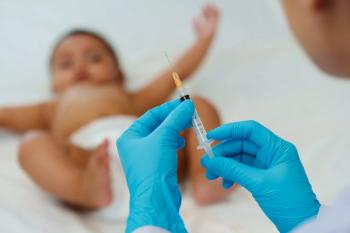
Pharmacy education: Change is the only constant
Pharmacy education has been in an almost constant state of change for the past 150 years, since the era when a pharmacist learned by being an apprentice. That era was followed by a combination of apprenticeships and courses at local apothecary schools, and then by matriculating in schools of pharmacy for degree programs that gradually have been extended over the years.
The past decade saw the entry-level degree for the profession change over from a bachelor of science degree to the doctorate in pharmacy (Pharm.D.). But for the past decade and more, the entire profession has been undergoing change, as it attempts to move away from primarily dispensing medications toward being the chief source of medication information in health care, toward disease state management, and even medication therapy management.
Currently, the requirement for a Pharm.D. consists of four years of pharmacy school preceded by at least two years of prepharmacy preparatory classes. The previous entry-level degree had been a B.S.Pharm. degree (a five-year course), but all pharmacy students graduating since 2004 have earned a Pharm.D., said Lucinda L. Maine, Ph.D., R.Ph., executive VP of the American Association of Colleges of Pharmacy (AACP).
The move to a Pharm.D. "is recognition that the dispensing role is not going to be the only role that we contribute to health care in the long term," said Marilyn K. Speedie, Ph.D., dean and professor at University of Minnesota College of Pharmacy and president of AACP. "It is a major paradigm shift." Taking care of patients and helping them with their medications is what the profession will be known for in the long run, she said.
There is a commonality of expectations for a pharmacist's performance, regardless of what degree is earned, said Cynthia L. Raehl, Pharm.D., FASHP, FCCP, professor and chair, Texas Tech University Health Sciences Center School of Pharmacy and president-elect of AACP. "To earn a degree is just the beginning of a career," she said. "It is not just the degree, it is the lifelong learning that a pharmacist must embrace that allows a pharmacist to continue in the practice."
All these advances demand that tomorrow's pharmacy practitioners understand and integrate into their own practices the new scientific principles that will be coming. "Science is moving at a very fast pace, and we must keep pace with science," said Raehl. There will be a reaffirmation of the need for sound scientific foundation in pharmacy education that is stimulated by advances in such fields as stem cell research, genomics, physiology, and biochemistry, she said.
"The dynamics of pharmacy education in the past five years is that we cannot produce pharmacists fast enough," said Maine.
Preparing pharmacists for working in the real world, whether it is in a hospital or a community setting, has taken a lot of input from various groups. "It is very exciting to see the active collaboration taking place among the colleges and schools of pharmacy and community pharmacy owners and operators to prepare pharmacy students as future practitioners," said Sandra Kay Jung Guckian, M.S., R.Ph., VP, pharmacy education and research, National Association of Chain Drug Stores. She noted that NACDS and the American Pharmacists Association are collaborating on the development of the Community Pharmacist Preceptor Education Program, which will be available to all pharmacy schools and community pharmacists.
There's no doubt there will be a lot of discussion about this issue. The important fact, Guckian said, is to keep a focus on attracting students to the profession who have a desire to help people and are entering pharmacy school with a vision for direct patient care practice.
Newsletter
Pharmacy practice is always changing. Stay ahead of the curve with the Drug Topics newsletter and get the latest drug information, industry trends, and patient care tips.











































































































































































































